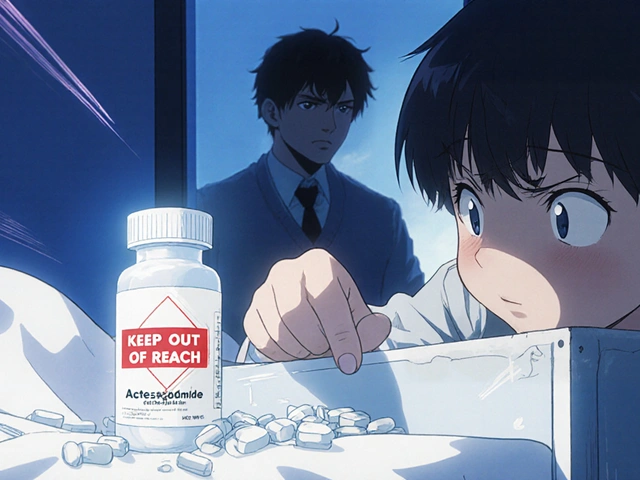UTIs: How to Spot Them, Treat Them, and Stop Them from Coming Back
Here’s a blunt fact: urinary tract infections (UTIs) are common and annoying — and they can get serious if ignored. Women are more likely to get UTIs, but men, older adults, and people with catheters can get them too. If you’ve felt the sudden urge to pee every five minutes or had a painful burn during urination, this is for you.
UTIs usually start in the bladder. Bacteria enter the urinary tract and cause inflammation. The most common signs are a strong, frequent need to urinate, burning when you pee, cloudy or strong-smelling urine, and lower belly discomfort. If you have fever, chills, nausea, or pain in your side or back, that can mean the infection reached the kidneys — get medical care fast.
Testing and treatment — what to expect
Your doctor will usually ask for a urine sample. That shows whether bacteria are present and which antibiotic will work best. Simple bladder infections often clear with a short antibiotic course. Common choices include nitrofurantoin or trimethoprim-sulfamethoxazole, but the right drug depends on lab results and allergies. Don’t stop early just because you feel better — finish the prescribed course unless your doctor tells you otherwise.
For symptom relief, over-the-counter phenazopyridine can ease burning and urgency for a day or two, but it doesn’t treat the infection itself. If you’re vomiting, severely dehydrated, or have signs of kidney infection, you may need IV antibiotics and urgent care.
Practical tips to prevent UTIs
Simple habits cut UTI risk. Drink plenty of water so you urinate regularly and flush bacteria out. Urinate after sex to clear any bacteria introduced during intercourse. Wipe front to back, avoid irritating feminine products (douches, strong soaps), and choose breathable cotton underwear. If you’re prone to recurrent UTIs, your doctor may discuss low-dose preventive antibiotics, a post-sex antibiotic dose, or other options like topical estrogen for postmenopausal women.
Some people find cranberry products or D-mannose helpful; evidence is mixed but a short trial is low-risk for most. Probiotics aimed at vaginal health may help some women, but they’re not a cure. If you get UTIs frequently (three or more a year), ask your clinician about further testing and strategies — imaging or urine culture monitoring can help find a cause.
Physical therapy can be useful when bladder control or pelvic floor dysfunction plays a role in recurring symptoms. A pelvic floor therapist can teach exercises and behavior changes that reduce urgency and improve emptying — it’s often overlooked but worth asking about.
If you’re unsure what to do, call your primary care provider or urgent care. Avoid self-prescribing antibiotics without a test; wrong antibiotics can cause side effects and resistance. Pay attention to symptoms that suggest a kidney infection or spreading infection, and seek care quickly. With quick treatment and a few habit changes, most UTIs are fixable — and many can be prevented.

Flomax for UTI Relief: What Clinical Studies Reveal About Tamsulosin and Bladder Infections
People are increasingly curious about using Flomax for urinary tract infections, even though it's not traditionally prescribed for them. This article unpacks research on how and why doctors sometimes use tamsulosin off-label for UTIs and bladder issues. We dig into studies, explain the science, and give you practical insights about what to expect. If you're dealing with frequent urinary pain or slow recovery, there might be more options than you've been told. Find out what clinical research says about this trending use of Flomax.
Detail




